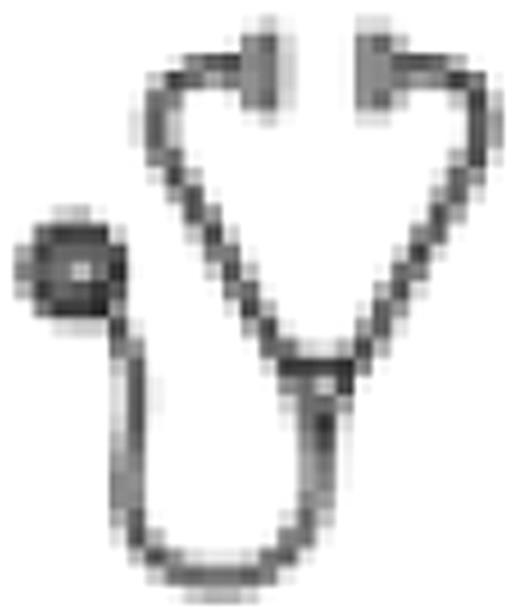Abstract
Chronic lymphocytic leukemia (CLL) cells that have del(17p) typically have loss of functional P53, rendering these cells refractory to standard chemotherapeutic agents, which require activation of P53 for their cytotoxic activity. However, del(17p) CLL cells co-cultured in vitro with cells transduced to express the CD40L (CD154) activate another member of the P53 family of proteins, namely P73, which, like P53, can induce transcription of death receptors and pro-apoptotic proteins and sensitize cells to the cytotoxic activity of “P53-dependent” drugs, such as Fludarabine (F-ara-A). Moreover, transduction of del(17p) CLL cells with a replication-defective adenovirus (Ad) encoding recombinant CD154 (Ad-ISF35) can induce such changes in both transduced and bystander CLL cells in vitro. To examine whether a similar activity could be obtained in vivo, we are conducting a phase Ib clinical study in subjects with high-risk CLL who are refractory to fludarabine or have evidence of del(17p). In this study, subjects receive three IV doses of 3×108 autologous CLL cells that had been transduced ex vivo with Ad-ISF35 and two weeks latter they are treated with a truncated chemoimmunotherapy regimen involving 3 monthly courses of fludarabine, cyclophosphamide and rituximab (FCR). P53-defective CLL cells from treated patients were initially resistant to F-ara-A induced apoptosis with IC50 > 10μM prior to treatment. CLL cells collected from patients ≥ 24 hours after the first infusion of autologous Ad ISF35-trasduced CLL cells became sensitive to the cytotoxic effects of F-ara-A, with IC50 0.3-1 μM. Enhanced sensitivity to F-ara-A was associated with induced expression of Bid, DR5, CD95, and P73 by circulating non-transduced “bystander” CLL cells, an effect lasting ≥ 2 weeks following IV infusion. To date, two subjects have completed treatment and this has been well tolerated without serious adverse events. The most common adverse events have been transient fever, malaise and fatigue associated to infusion of Ad-ISF35 transduced cells and cytopenias after treatment with FCR. Both subjects have achieved a compete response, one of them without detectable minimal residual disease (MRD) by sensitive multiparameter flow cytometry of marrow mononuclear cells obtained 3 months following completion of treatment. Moreover, these patients have complete resolution of lymphadenopathy and organomegaly by exam and by whole body computed tomography. These results indicate that Ad-ISF35-cell-gene therapy can sensitize P53-deficient CLL to “P53-dependent” cytotoxic agents in vivo, allowing for effective treatment of patients who otherwise would be resistant to standard forms of therapy.
Prussak:Memgen:
Employment.

This icon denotes an abstract that is clinically relevant.
Author notes
Asterisk with author names denotes non-ASH members.

This feature is available to Subscribers Only
Sign In or Create an Account Close Modal